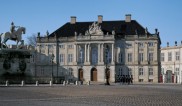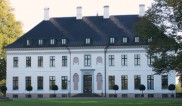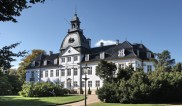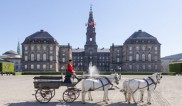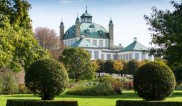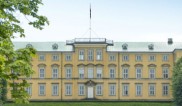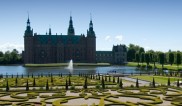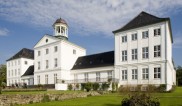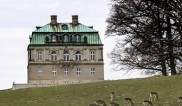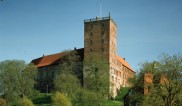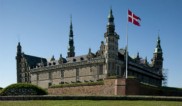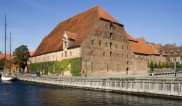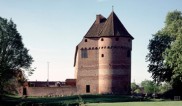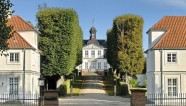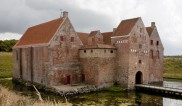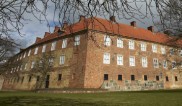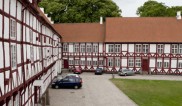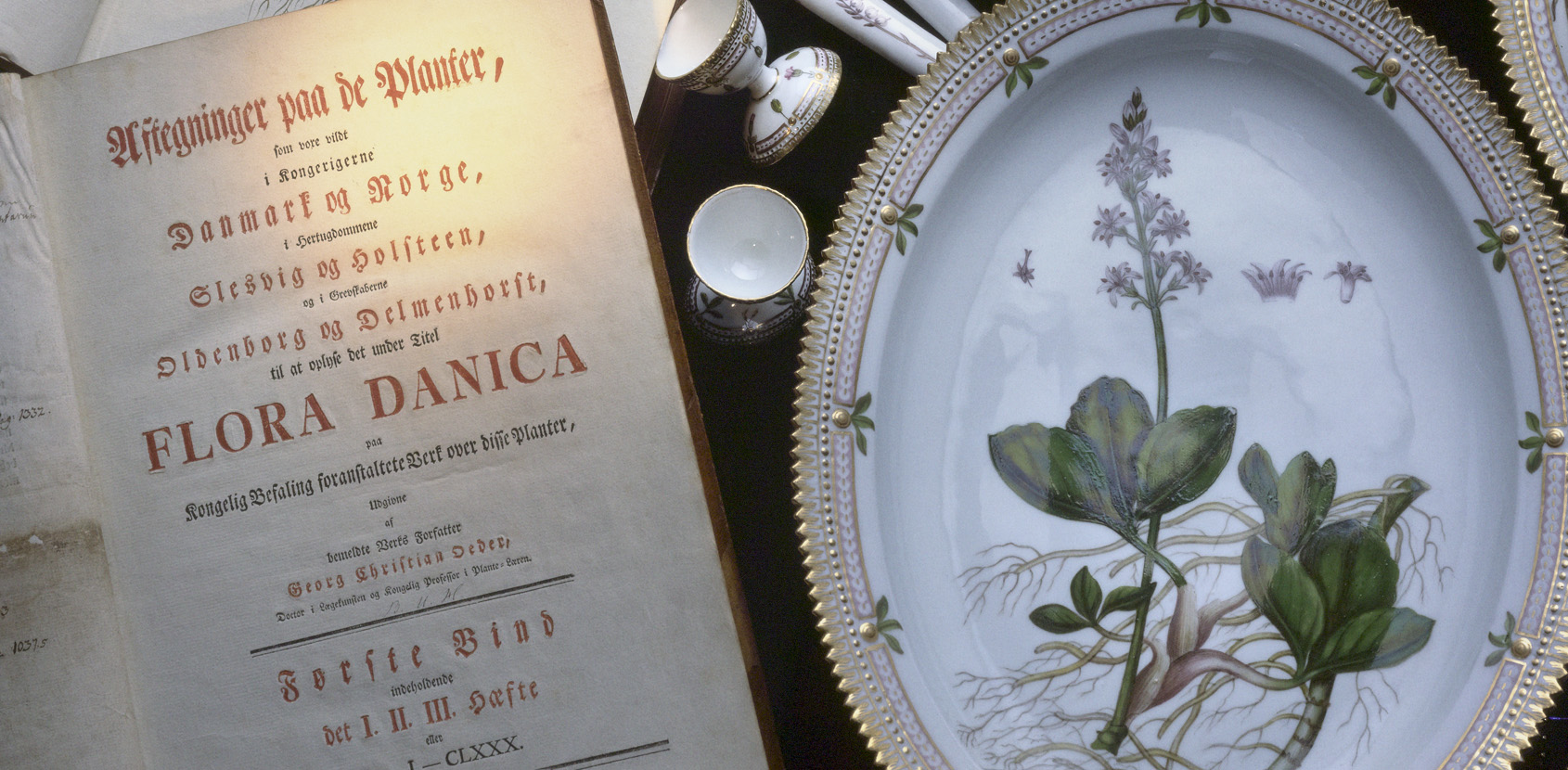
Porcelain
For centuries, the royal family has been banqueting with exquisite porcelain that shows the abundance of the royal table.
Roots and weeds on the Empress’s plate
The Flora Danica is one of the famous royal porcelain dinner sets. It is believed that the set was ordered by Christian VII as a gift to Catherine the Great of Russia. However, she died before the set was completed. Instead, it was first used by Christian VII on his birthday in 1803.
The set has since been used for numerous royal banquets. The motifs for the set were based on the great botanical encyclopaedia, the Flora Danica, which took 122 years to complete before all wild plants native to Denmark were immortalised in the work. Parts of the set are displayed at Christiansborg Palace and in Christian VII’s Palace at Amalienborg Palace.
Sea lions and Greek Gods on Frederick VI’s dessert set
Frederick VI’s dessert set is also a famous dinner set. Vases, dishes and plates feature colourful flowers in bouquets and garlands that frame the porcelain. Some of the plates are decorated with national symbols. On one plate, the artist Hetsch painted Roskilde Cathedral and Kronborg Castle on another. The distant colonies on the coast of New Guinea and St. Thomas also feature on the set.
Some of the plates which the waiters placed in front of the guests between the savoury and the sweet dishes became a subject of discourse.
In addition to the 160 plates, and many vases and platters, the King also commissioned the making of pot holders and baskets, borne by sea lions, dolphins and Greek gods. Her Majesty the Queen still uses parts of the dinner set for banquets at New Year.
Frederick VI’s dessert set is displayed at Christiansborg Palace, Amalienborg and Rosenborg Castle.

 Dansk
Dansk
